Students learn the basic techniques of making ramen soup, noodles, and sauce, as well as the side dishes served at ramen stores, and master the development and preparation of original ramen. Students will also learn actual preparation and counteroperation skills as part of the class. Students can also learn noodle-making know-how through a tour of a noodle-making factory.
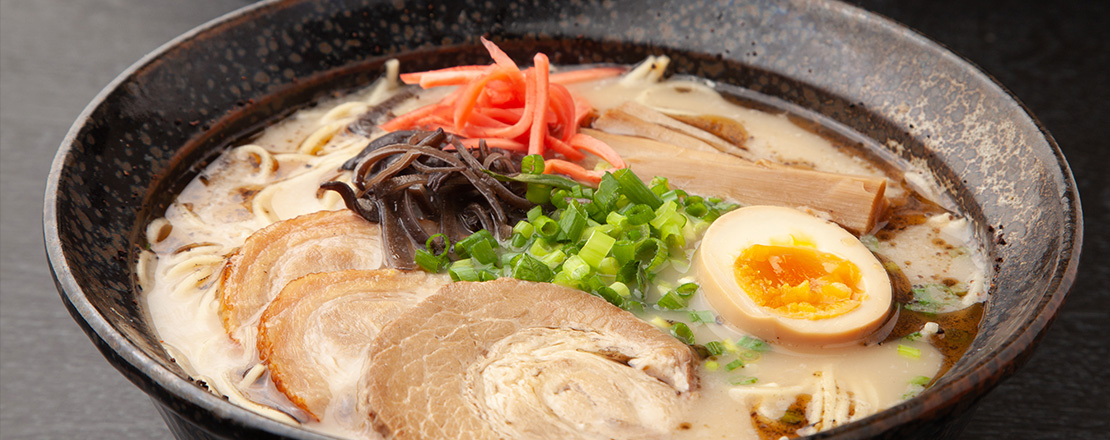
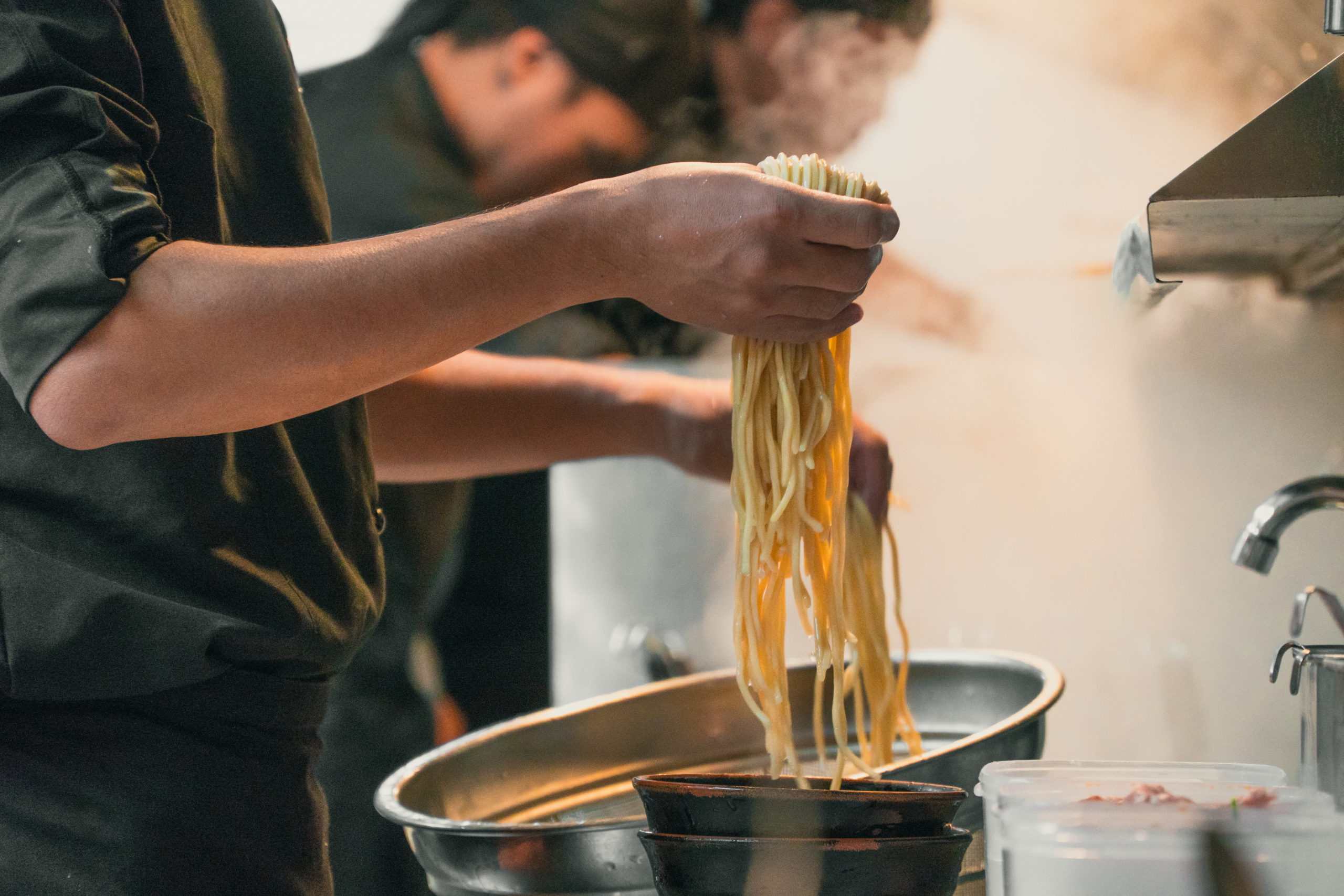
Ramen restaurant management methods and restaurant development
Knowledge of ingredients used in ramen stores
Theory of making “flavor”, theory of noodle making, hands-on practice of homemade noodle making
Making Chintan soup and Paitan soup.
Observe the noodle-making process at a noodle factory and learn about the diversity of noodles.
Practical mock sales skills (customer service, order taking, baking, serving, and checkout) in a restaurant adjacent to the classroom.
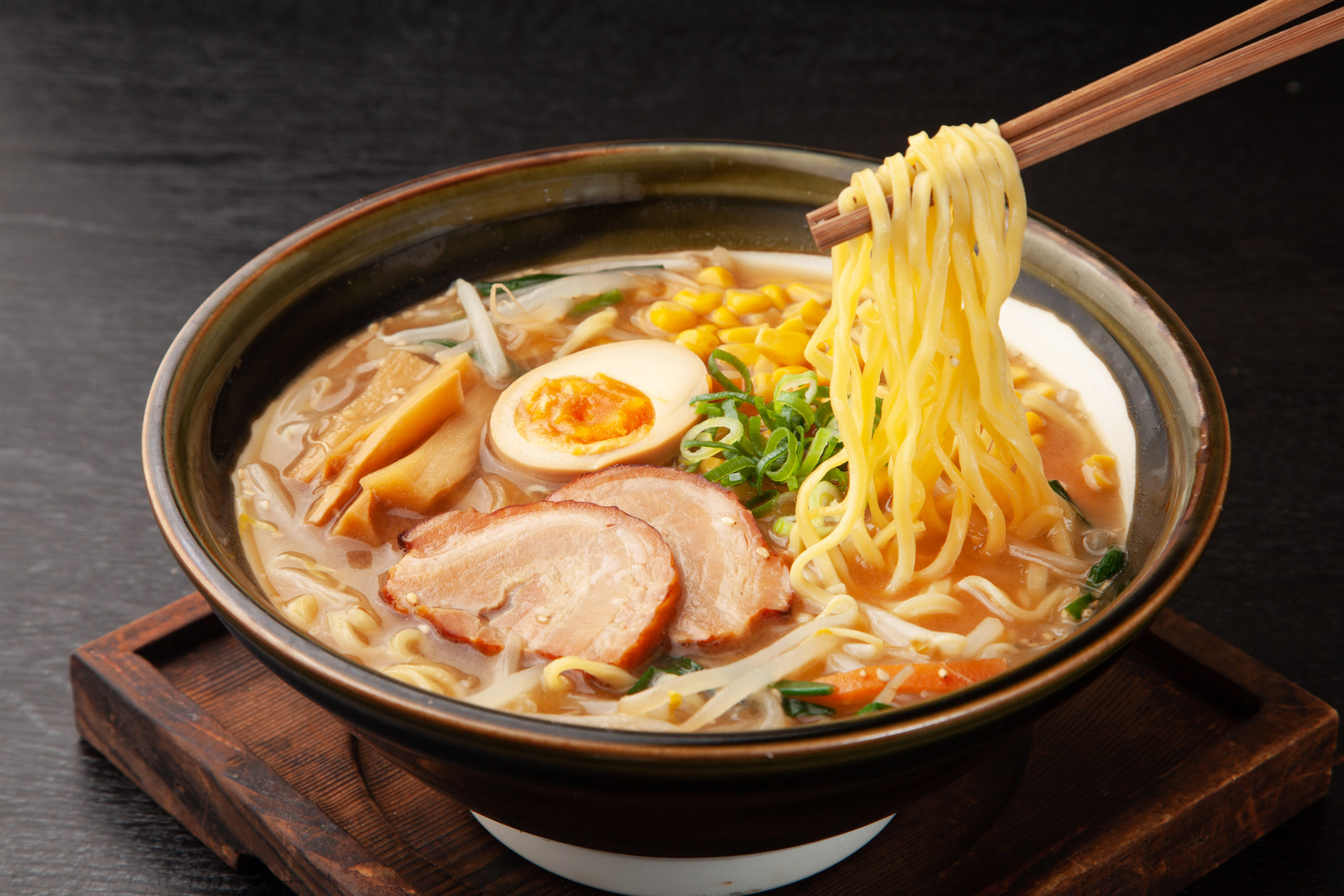
Successful methods of opening a business and attracting customers and sales promotion for ramen stores
Making various kinds of roast pork, half-boiled eggs, various kinds of pickled bamboo shoots, etc.
Making soup in a short time using a pressure cooker, making rare roasted pork, halal ramen, vegan ramen, dipping noodles, etc.
Creating original ramen noodles that give shape to your image
Lecture by the owner of a popular ramen restaurant on his hardships and commitment to the management of his restaurant
A Marketing Lecture on Creating a Restaurant that will not go out of business
The actual management of the restaurant while being in charge of the kitchen, cooking assistance, and hall service, in order
Invite acquaintances and serve ramen, side dishes, etc
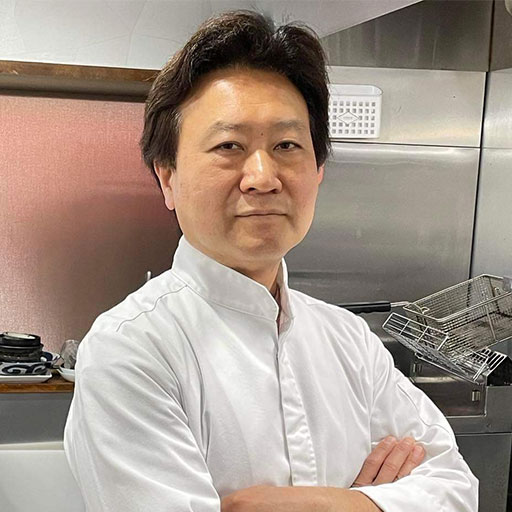
Biography.
In 2001, he began a consulting business specializing in ramen, opening new ramen stores and rebuilding unprofitable ones. This activity was picked up by the mass media and led to the creation of the name “ramen producer”. Currently, he teaches at ramen schools in Tokyo, Yokohama, and Osaka, where he provides complete individualized instruction. He has trained more than 1,200 students in Japan and abroad. He has written numerous books on the subject and has made a media appearance.
What he values in undertaking lecturer at the Japanese Restaurant Academy
I hope that all participants in this course will not only aspire to become ramen chefs who can make ramen but also to become ramen store owners who can continue to thrive in the world. The greater your ambition, the more you will gain from this ‘place’.
Message to those who are thinking about joining the school
The ramen industry has an extremely high closure rate after opening a business compared to other food and beverage industries. One of the reasons for this is that many people enter the industry with easygoing ideas. Today, various ramen recipes can be found on the Internet and can be learned independently. But because of that, it is difficult to become a thriving ramen restaurant only with ramen-making skills. In this course, lessons will be conducted with an emphasis on how to survive as a ramen restaurant, not only domestically but also with oversight of overseas expansion. In the area of cooking techniques, each participant will develop the skills to create their product. In terms of management, by case-studying an actual ramen restaurant that closed, participants will learn from the essence of that failure the thinking and methodology necessary for the future management of ramen restaurants.
| Duration | 1-month course | Starting month | December 1/June |
|---|---|---|---|
| Admission fee | ¥110,000 (tax included) | Course fee | ¥550,000 (tax included) |
| Other actual expenses | approximately 30,000 yen (instructional book, uniform, hat, knife set) |
|---|

Please apply by form, LINE, or by phone. We recommend LINE(https://lin.ee/VB8vAf5), which is a relatively easy way to contact us.
TEL:03-5989-0410

You can tour the school building and the restaurants. The school building is conveniently located at a 5-minute walk from Shinjuku Station. After the tour, an advisor will give you a detailed explanation of the school and its courses, if desired.

Please submit an application form for admission.You will receive an email with course confirmation and payment instructions.
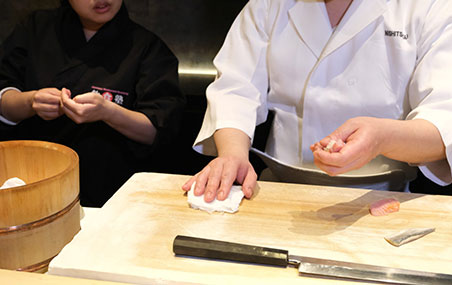
Enrollment will begin upon completion of the enrollment process and payment of the course fee. The timing of the start of the course varies depending on the course.